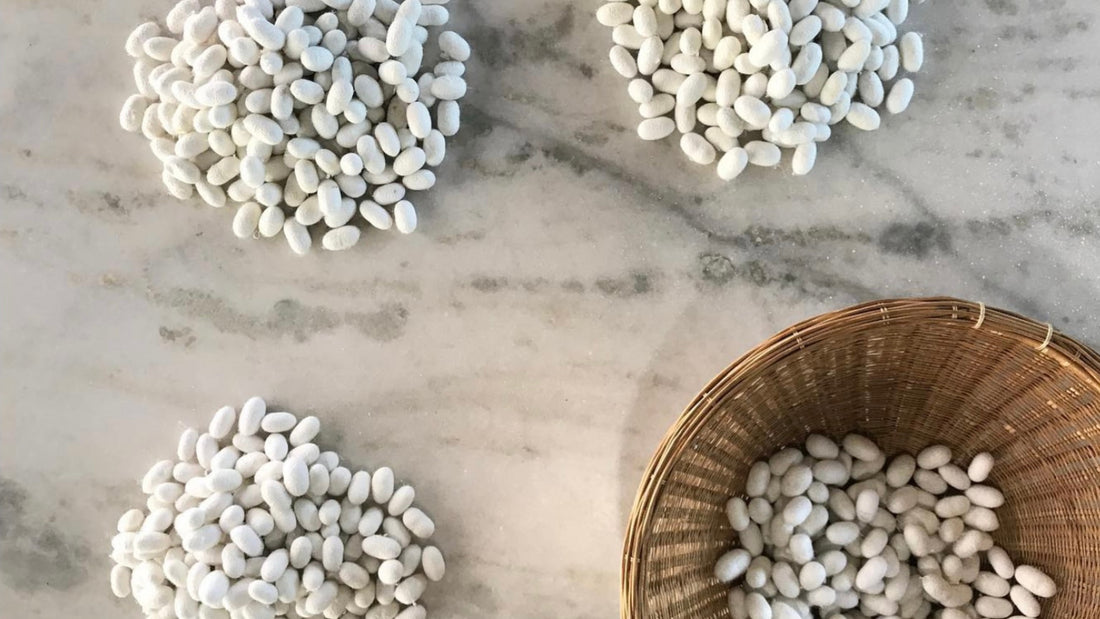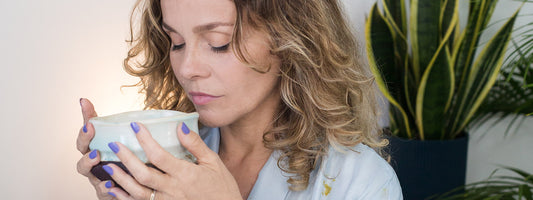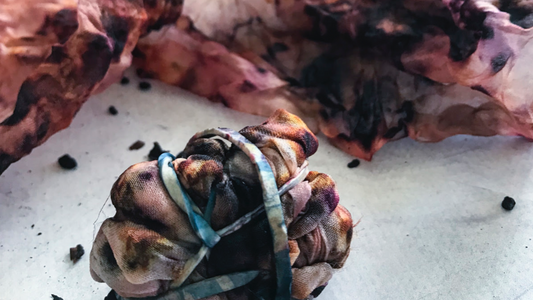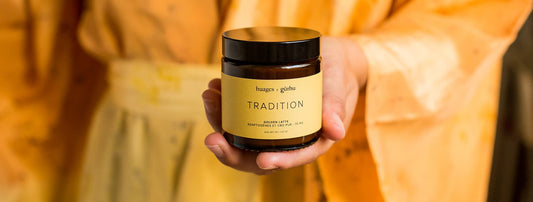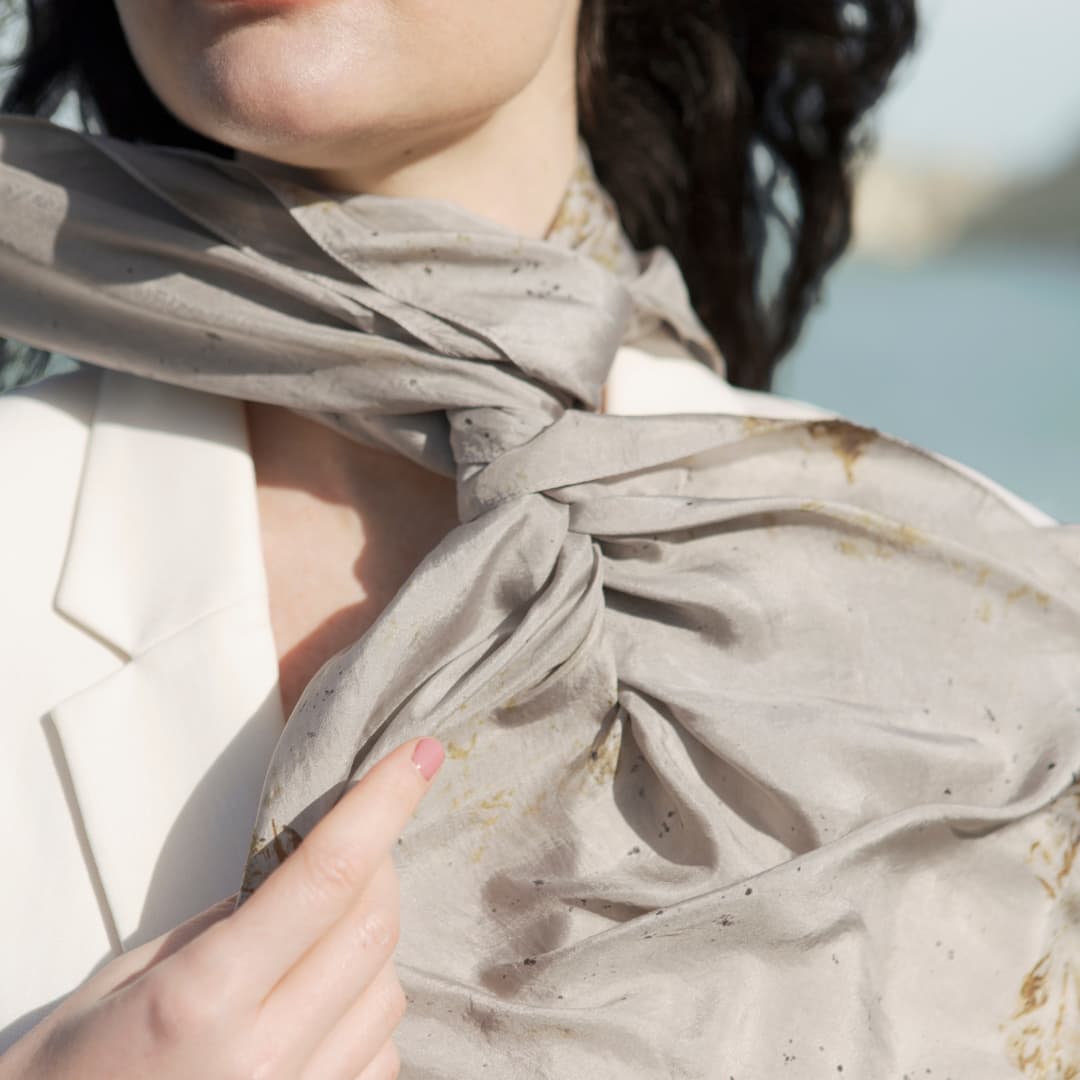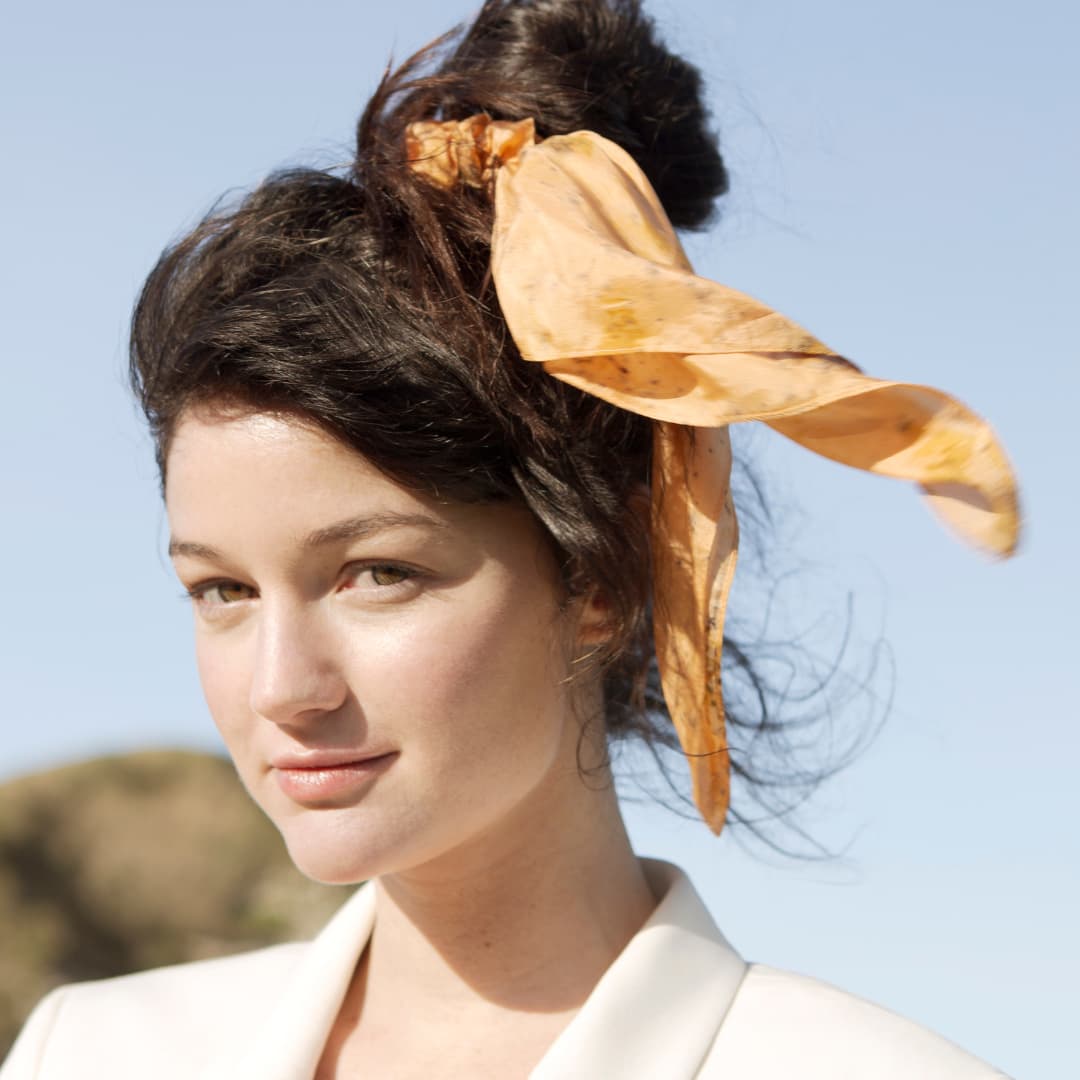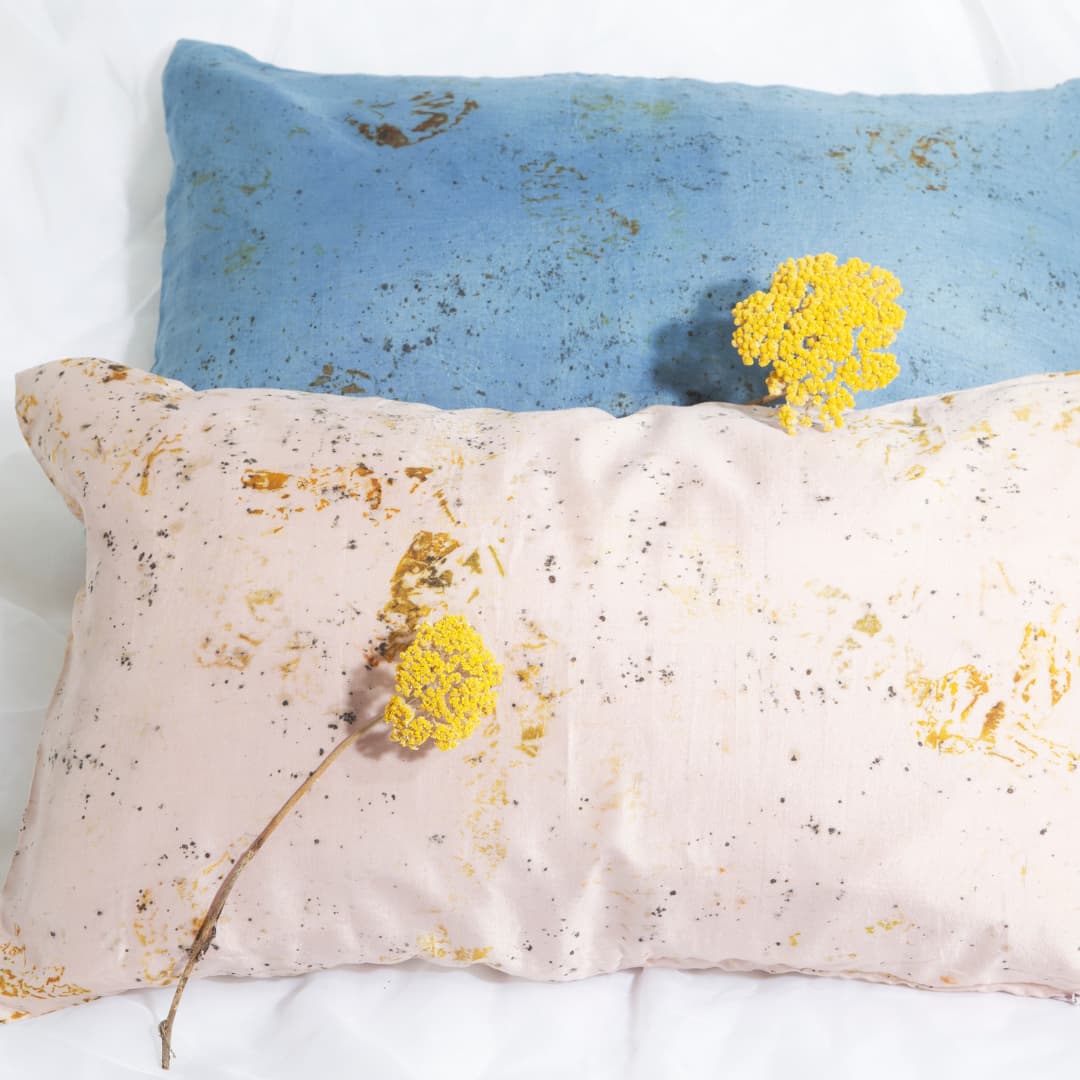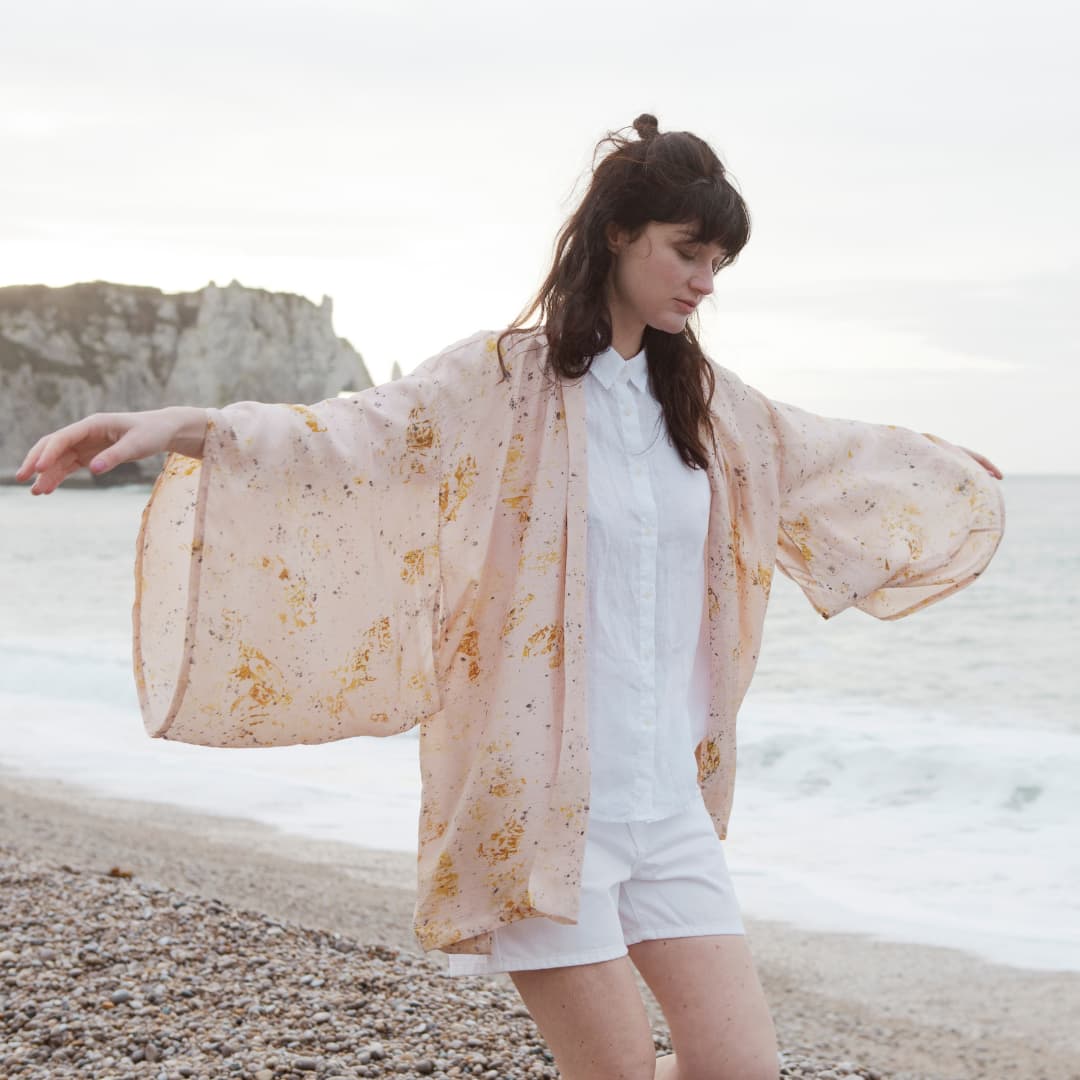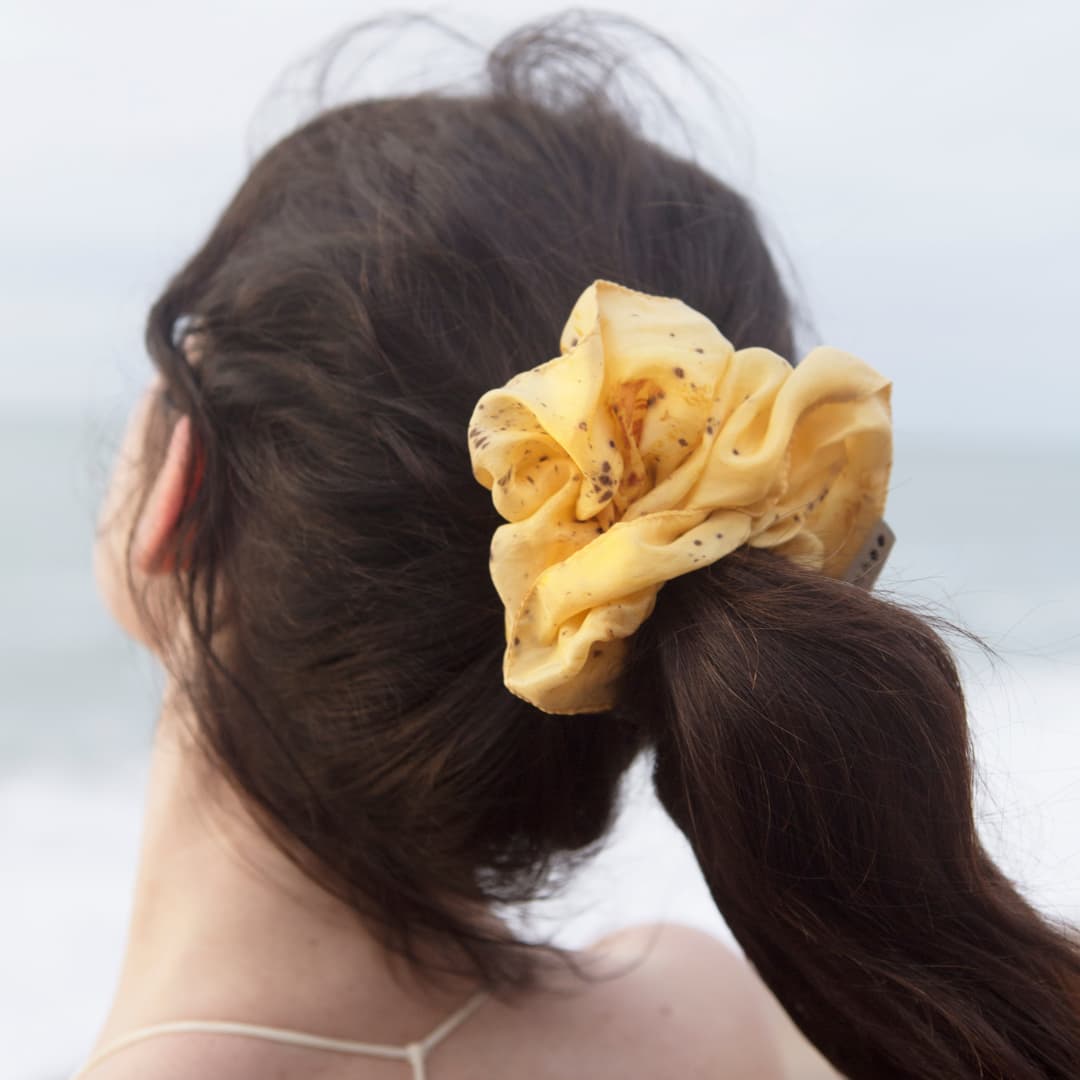Silk is considered a particularly noble textile due to its exceptional cosmetic and aesthetic characteristics. Light in summer and warm in winter, this fabric with its incomparable luster has long been the source of all desires. Royal courts, sacred places or fashion shows, silk gradually became popular until it appeared at the beginning of the 20th century. century a synthetic imitation that is now widespread: viscose .
But how do we make today the natural silk ? What are the different types of silk ? What is silk biological ?
Nimboo tells you in this article the secrets of making the most precious textile of all time.
What is silk?
Silk is a filamentous proteinaceous slime produced by spiders and caterpillars of certain species of butterflies, the best known of which is Bombyx mori (the Bombyx of the mulberry tree). Also called “silkworm”, the Bombyx mori is a small lepidopteran present in India, China, Korea and Japan which secretes a natural fiber intended to form its cocoon of silk. This fiber, which is essentially composed of fibroin , a protein rich in amino acids, is used in the manufacture of clothing, bed linen and linens.
Recognized for its softness and lightness, the natural silk fascinates since Antiquity for its beneficial properties on the body and health, but also for its shimmering appearance . Hypoallergenic, antifungal, anti-mite and thermoregulatory, silk is a textile with a thousand virtues whose manufacturing secrets have long been kept secret by artisans in Asia.
Because for centuries, silk has fascinated by its delicate and precious appearance which nevertheless hides a surprising robustness... and that is indeed all its majesty! Silk is undoubtedly the queen of fabrics, used at certain periods of our history as currency, just like gold.
This can be woven using different techniques: silk satin, habutaï, Khadi, silk muslin, silk crepe, silk georgette or crepe georgette, silk duchess satin, washed silk, etc.
Natural silk, wild silk and organic silk, what are the differences?
Natural silk was a pleonasm until the invention in the 20th century of the synthetic silk , also called artificial silk , rayon or viscose. Made of wood pulp (cellulose), artificial silk is an economical fabric, widely used today in the clothing industry. It is a low-quality, low-calorie and extremely polluting textile that requires sodium sulphate, citric acid and carbon disulphide for its design.

Ecological dye, Nimboo
natural silk
In common usage, we therefore speak of natural silk to designate conventional silk made of animal fibres, as opposed to synthetic silk which imitates its appearance. The most common natural silk on the market comes from the Bombyx mori which is an unknown silkworm in the wild, it is the result of a selection made by man. This silkworm is bred in captivity in sericulture and fed with mulberry leaves generally taken from dedicated plantations.
There mulberry silk has been appreciated for millennia for its exceptional quality combining brilliance, finesse, solidity and softness. This scintillating fiber requires specialized know-how for its production. This is broken down into several traditional stages: breeding, decoconning, smothering, spinning, reeling, milling, scouring, dyeing and weaving.
wild silk
Traditionally called the Tussah silk , wild silk is produced by a species of moth in the family Saturniidae that feeds primarily on oak leaves. Its vernacular name “Tussah” comes from India, it designates the fabric “tussor”, an Indian fabric made of wild silk. This caterpillar is usually not raised in sericulture, but rather in semi-captivity, because its feeding and reproduction do not benefit from strict control like the Bombyx mori.
The wild silkworm is generally bred in masses, deposited on selected trees, it produces a large quantity of silk whose irregular threads form “buttons”. Wild silk is more grainy, matte and thicker than mulberry silk, and its cost is more affordable. It is used to make clothes and accessories, but also upholstery and decorative fabrics .
organic silk
Before the industrial revolution of the 19th century which saw the emergence of new synthetic fibres, but also fertilizers, pesticides and chemical dyes, silk was organic. Now we are talking about ecological silk , organic silk or of eco-responsible silk to designate a type of silk whose environmental impact is controlled in its various manufacturing phases.
To lower their production costs and increase their margins, most ready-to-wear brands, but also high-end clothing brands, wanted to speed up the production of silk. This is now subject to different treatments:
• mulberry or oak trees are treated with pesticides and chemical fertilizers to grow faster and repel pests;• the silkworms, fed on these tree leaves, are also given antibiotics to limit the proliferation of viruses;
• silk threads are sometimes “sheathed” with synthetic threads to make them thicker and standardize their thickness;
• the silk is then dyed with synthetic dyes and chemical fixers to increase its resistance to washing.
Beyond the disastrous impact on the planet and especially on groundwater, these chemical treatments harm the natural benefits of silk and your health. It is to preserve its richness and the benefits of silk on the skin and hair that have been created ecological sericulture certified GOTS (Global Organic Textile Standard). Secreted by silkworms fed with organic mulberry leaves, then dyed with eco-responsible dyes, these organic bristles are of superior quality.

Organic silk, Nimboo collection
Ahimsa organic and ethical silk
There peace silk , “ silk peace ”, is a precious material that owes its origin to Jainist and Buddhist influences that were once present in certain remote regions of India. Maintained today exclusively by women who have passed on this know-how for generations, these eco-responsible sericulture are also ethical and “ cruelty free ”.
In effect, peace silk does not require killing the caterpillar to unroll the cocoon, as traditional breeding requires. The Ahimsa silk breeder delicately pierces the cocoon just before it hatches to extract the chrysalis which she releases into the wild. The cocoons are then washed with organic soap , then the silk is traditionally worked on wooden spinning and weaving looms.
At Nimboo, the silk of peace is the signature of all our collections: silk kimonos , silk sleep masks , silk scarves ...
In addition to working our pieces with this marvelous material, we design our own ecological dyes , made from fruits and flowers thrown around Hindu temples. Our fully biodegradable dye baths are also designed with an ingenious water recovery system .

Organic silk kimono, Nimboo collection
We have chosen to implement a fair development model with all the players in our production chain. Faithful to sustainable development goals defined by the United Nations, we support the economic independence of the craftswomen and agricultural cooperatives with which we work while paying tribute to their exceptional know-how.
Peace silk, which has always been used to make the beautiful saris worn by Indian women, is a symbolic fabric that represents tradition and independence. Its Khadi weaving, in classic plain weave, is a constituent element of Indian culture claimed by Gandhi as a symbol of resistance to British industries. heirs to these Handmade silks since time immemorial , our collections, inspired by nature, are entirely ecological and based on a circular and solidarity economy.

